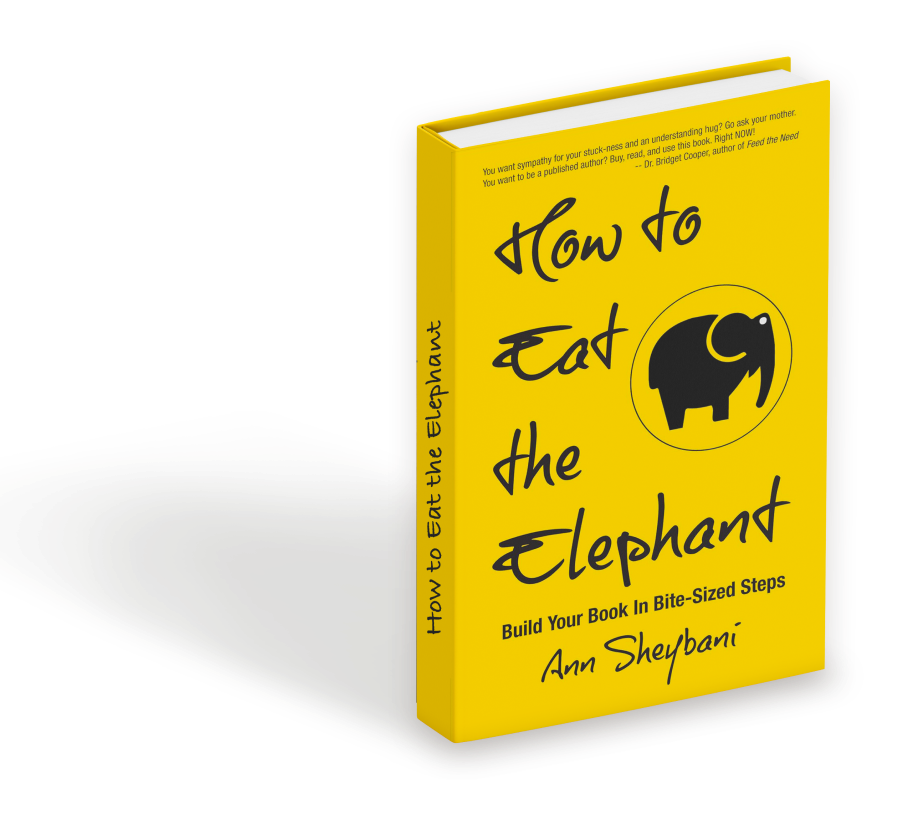Hey, successful entrepreneur writing a non-fiction book for your business. Here’s the the best way to turn your readers into clients and/or fans:
Give them stories, lots of stories
As opposed to saddling them with a dry textbook chuck full of concepts, facts, figures, and statistics.
Think Intro to Physics 101, a book that made me question my will to live back in the day. Or Everything You Need to Know About Your IT Department But Were Afraid to Ask. Talk about taking your reader straight to hell!
If you’ve been in my world for a while, you’ve heard me talk about the need for story in your non-fiction book. Numerous times.
This admonition/warning may even make you sigh. There she goes again, beating that tired, old drum.
Because you’d NEVER do anything of the kind, write a boring book without stories.
But you’d be surprised just how easy it is to do, even if you’re no polymath.
Let me explain.
My client Steven once ran a successful mortgage brokerage. Over years, he built his multi-million-dollar business through relationships. He learned, in the process, that by expressing gratitude via handwritten thank-you notes, people remembered him and did business with him, all stemming from that first thoughtful gesture.
Steven decided that he wanted to share this tool, the system he’d developed around it, the philosophy behind it, to help others achieve similar results. He wanted to present this information in the form of a how-to book.
Awesome, right? Simple, even.
Except, when Steven arrived at my doorstep, he had in his hands a series of written instruction, snippets of his process. First buy nice stationary, and then matching envelopes, and don’t forget the stamps. That sort of thing.
Sound advice, for sure, especially the part about the stamps. (I couldn’t put my hands on a stamp right now for love nor insert cliche.)
All of these random snippets, instructions, really, were useful stuff, but about as interesting and cohesive as the back of a cereal box.
What Steven needed to do was give his readers some story. Story is the glue that holds all the pieces together and makes information sticky. You want someone to remember something? You give them the data in sandwich form, neatly inserted between two slices of story.
We needed two types of story for Steven’s book.
First, his personal story, which is usually the most interesting– Why did Steven need to develop a tool like this (handwritten thank you notes) in the first place? How had this practice changed up the game for him? (I’m telling you, the answers to these questions were a veritable JACKPOT! Don’t let me spoil the ending–actually the beginning–for you.)
Second, we needed stories about others, particularly the recipients of these handwritten thank-you notes. We needed to see how they reacted to the notes. We needed to see why they reached out to Steven after receiving them, why they wanted to stay in touch, then just how far they went to, not just buy from Steven, but see that he succeeded in his career…..all because of that interchange.
Those stories illustrated exactly what was in it for them–them being the readers. Why any of this hand-written thank you note stuff even matters. Why anyone, least of all they, would need a system for the habit in the first place. Why, more importantly, Steven was the kind of guy they’d want to emulate if they wanted to grow their business. Why they might want to learn more from Steven, buy his associated offerings.
So, to go all high school teacher-y, I’m going to drive the lesson home. (If you’re a high school teacher, God bless you. I wouldn’t make it to the lunch bell.)
We need story, personal story. It’s the glue that holds your systems, concepts, and lessons together. It’s what makes the information you share memorable and relatable.
Without it, you’ve got nothing but a boring user’s manual. I don’t care how cute your title is, or your cover.
When Steven learned how to write compelling stories that revealed just enough about him, but not too much, his book suddenly snapped into shape.
Here’s what this shift did for Steven and his book, how it saved his bacon:
- His book was so persuasive and engaging, he began to get podcast interviews to discuss his system and his book
- He got invited to workshops and online summits to share his work
- He got to teach his system to other mortgage brokers and to members of related sales industries
Here’s the takeaway again because… repetition works. You must include stories. Give your readers nothing but concepts and figures, little dry snippets of instruction, and you’ll lose them by the second page, which will get you zero traction in your industry. And perfectly innocent people will hate you, or forget you, which is probably worse.


